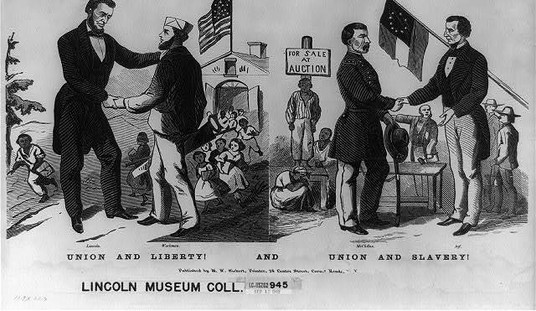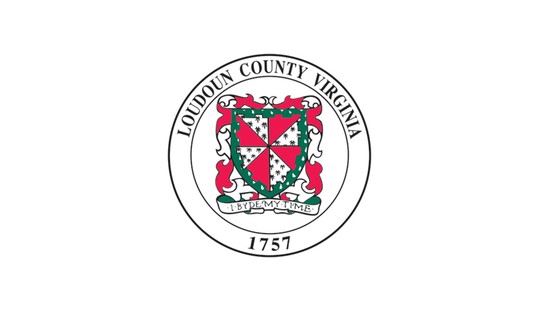Mark Vallen looked at Shephard Fairey’s art in 2007 and argued from specific comparisons between Fairey’s work and those of others that he had simply made a career out of ripping off other and largely left-wing artists to enrich himself. What disturbed Wallen the most was that Fairey had not simply referred to other people’s works and commented on them; simply passed them off as his own. Vallen suspects that Fairey lacked the talent to even comment or add to the works he stole. He simply disguised them like a bad spray paint job on a stolen automobile.
What initially disturbed me about the art of Shepard Fairey is that it displays none of the line, modeling and other idiosyncrasies that reveal an artist’s unique personal style. His imagery appears as though it’s xeroxed or run through some computer graphics program; that is to say, it is machine art that any second-rate art student could produce.
In fact, I’ve never seen any evidence indicating Fairey can draw at all. Even the art of Andy Warhol, reliant as it was upon photography and mass commercial imagery, displayed passages of gestural drawing and flamboyant brushstrokes.
Fairey has developed a successful career through expropriating and recontextualizing the artworks of others, which in and of itself does not make for bad art. Pop artist Roy Lichtenstein based his paintings on the world of American comic strips and advertising imagery, but one was always aware that Lichtenstein was taking his images from comic books; that was after all the point, to examine the blasé and artificial in modern American commercial culture. When Lichtenstein painted Look Mickey, a 1961 oil on canvas portrait of Mickey Mouse and Donald Duck, everyone was cognizant of the artist’s source material – they were in on the joke. By contrast, Fairey simply filches artworks and hopes that no one notices – the joke is on you.
Fairey’s work came to the public notice after he designed a poster for Barack Obama’s campaign which became widely reproduced. That caused the Associated Press to notice that the poster looked like one of their photographs. “In February, the AP claimed that Fairey violated copyright laws when he used one of their images as the basis for the poster. In response, the artist filed a lawsuit against the AP, claiming that he was protected under fair use. Fairey also claimed that he used a different photo as the inspiration for his poster.” Recently Fairey admitted that the AP was in fact correct about the provenance of his poster. The LA Times reported that:
In a strange twist to an already complicated legal situation, artist Shepard Fairey admitted today to legal wrongdoing in his ongoing battle with the Associated Press.
Fairey said in a statement issued late Friday that he knowingly submitted false images and deleted others in the legal proceedings, in an attempt to conceal the fact that the AP had correctly identified the photo that Fairey had used as a reference for his “Hope” poster of then-Sen. Barack Obama.
The poster artist’s belated candor was hailed by some; a commenter at one discussion site said “it takes the bigger man to admit the error than to lie”. Others more cynically pointed out that there is no such thing as bad publicity and fully expected Fairey to benefit from his new role as the hero who told the truth about his own lie. The day when a person could be expected to pay a social penalty for fraud seems largely over. There is some doubt over whether the “artist” will suffer at all. The real losers in are likely to be everyone else. By asserting the right to “fair use” on such dishonest grounds Fairey has strengthened the AP’s restrictive claims and undermined the freedom of real artists everywhere.
But if Fairey, as Vallen says, was so bereft of talent, then how did he get so far? The formula is there for all to see. The academic Ward Churchill who was likewise accused of copying and reselling the artwork of others and who was dismissed from his position for research misconduct (plagiarism) had claimed for years that he was an American Indian. Churchill showed the extent to which a person can shade the truth and get away it because his claims were ludicrous on the face of it. But like Fairey, he got away with it for a long time because he discovered the four simple steps to becoming the Lying King — but a King nonetheless. And here they are:
- The first and most important thing is for the impostor to claim the motivation of revolutionary impulses. That way even those who know he is lying will think he is lying in a “good” cause. If the last refuge of scoundrels is the flag, the ultimate protective banner is the Red Flag. Hannah Arendt once wrote “Lies are often much more plausible, more appealing to reason, than reality, since the liar has the great advantage of knowing beforehand what the audience wishes or expects to hear.” Find the hole in your audience’s brain and drive your truck of manure through it.
- The second rule is to put forward the most extravagant claims. Don’t be half-assed about lying. The more extravagant the fib the better. A sufficiently resourceful fraud clears his path of unbelievers by sheer audacity alone. Tell a big enough lie and no one would believe you could be so bold. As the fictional Rudolf Rassendyl proved in the Prisoner of Zenda that it is better to pass yourself off as King of Ruritania rather than a minor noble. A minor noble may be questioned, but the King will not be. It is all or nothing. And given that no one wants to tug at the Royal Robe to see if it is real ermine, the fraudster often gets it “all”.
- The third rule is that when questioned, destroy the questioner. When impersonating the King be determined to have everyone who doubts your identity thrown in the tower for treason. Once you succeed in beheading the first challenger there will be no second challenges.
- The fourth rule is the most important. Avoid trying to bluff those who are too big to be faced down. What undid both Fairey and Ward Churchill was that they didn’t know when to stop their imposture. They finally took it too far. Fairey, who had been successful up to that point tried to bluff his way past a major news organization and failed. Ward Churchill was already a professor when he made his “little Eichmanns” speech after 9/11 unleashed a tide of outrage he couldn’t outface. If Fairey had not launched his poster and Churchill had not made his “little Eichmanns” speech, they might still be intellectuals in good standing.
Lying is sustainable for longish periods only when practiced in moderation. In an earlier post I wrote (in comments) that reality may be tempted, but never tempted too far. The problem with liars is that they get greedy. “According to this theory, a salesman selling you survival equipment can exaggerate the frequency of possible threats to his advantage, but must never say ‘the sky is falling’. Because if it doesn’t fall on the morrow, then no one will listen to him any more.”
But there’s nothing new in that observation. Abraham Lincoln once wrote that “You may fool all the people some of the time, you can even fool some of the people all of the time, but you cannot fool all of the people all the time.”










Join the conversation as a VIP Member